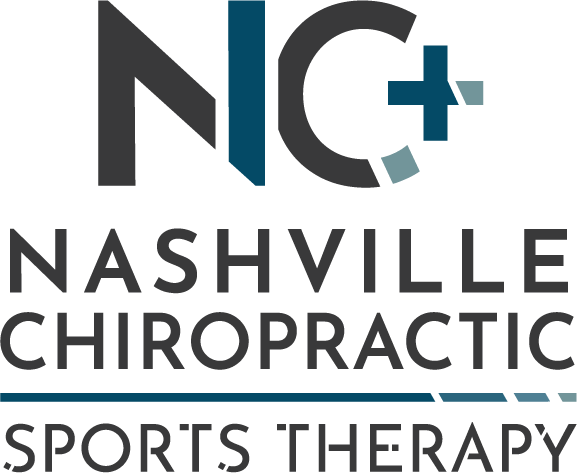Chronic headaches have become an epidemic, especially with our American culture. I see countless patients who complain of several headaches per week. What do most of them have in common? Desk jobs. Nashville is a huge healthcare industry hub, and a high percentage of the population spends a lot of time at a desk, in a car, or on the phone. These activities commonly lead to TENSION HEADACHES.
So what causes these tension headaches? Our nerves are what carry our pain signals. The sensory nerves that innervate the top, sides, and back of the head exit the spinal cord between the base of your skull and the top of the neck. There are several muscles in there called “suboccipital muscles” that, when tight, can irritate these nerves leading to a headache.
Tension headaches are often caused by chronic poor posture. Common posture problems leading to headaches include: slouching of the shoulders, forward head carriage, and looking down at computers or phones. Slouching leads to the shoulders rolling forward. This leads to over activity of the pec muscles and inactivity of the muscles that hold the shoulder blades together. When the shoulders are forward the neck moves forward and gravity acts on the head leading to straightening of the normal neck curvature. This causes the suboccipital muscles to work harder to keep your head upright. Overactivity of the suboccipital muscles causes tightness, irritation of nerves, and, ultimately, headaches.
How do you treat headaches? Typically headaches respond well to chiropractic adjustments. The goal of treatment is to improve spinal mobility in the affected region and the address muscular imbalances and posture abnormalities that may lead to headaches. The first step is to restore motion. Next, typically a chiropractor will show you some in-office or at-home exercises that you can do to help stabilize the changes that have been made. Finally, the doctor will address causative factors and help develop a plan for future headache prevention.
So what about migraines? Migraines are typically treated with medication and prevention measures. They are often triggered by external factors and/or food sensitivities. By addressing common food triggers and external stimuli, many migraines can be prevented; thus, negating the need for the medication. Proper spinal mobility and muscle tone can especially help with migraine prevention. Oftentimes tension headaches can lead to migraines in those who are affected by migraines.
The goal of this post is to raise awareness of headaches and encourage people to seek out a qualified physician to address their issues. No headaches are normal. Do not assume that your headaches are just a part of you. Find a good chiropractor to treat your headaches. You may be surprised!




